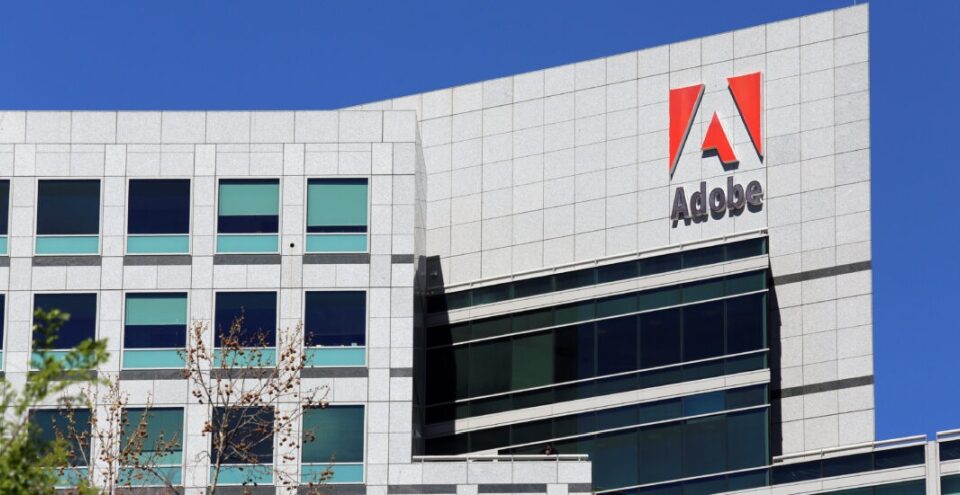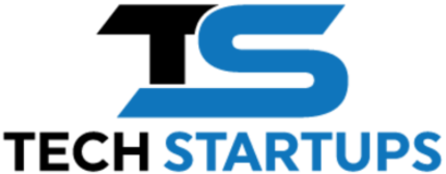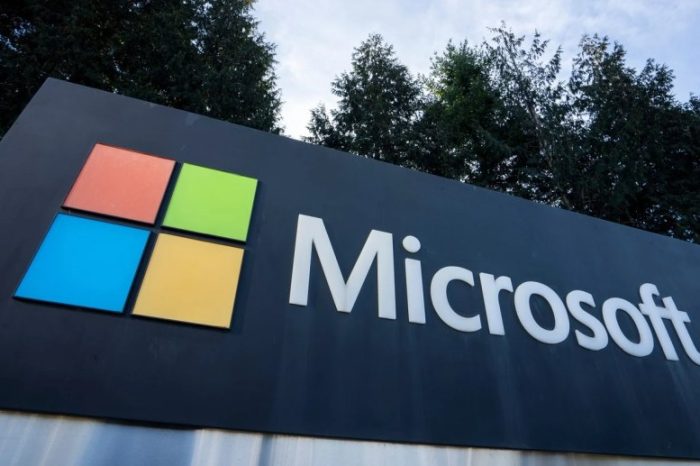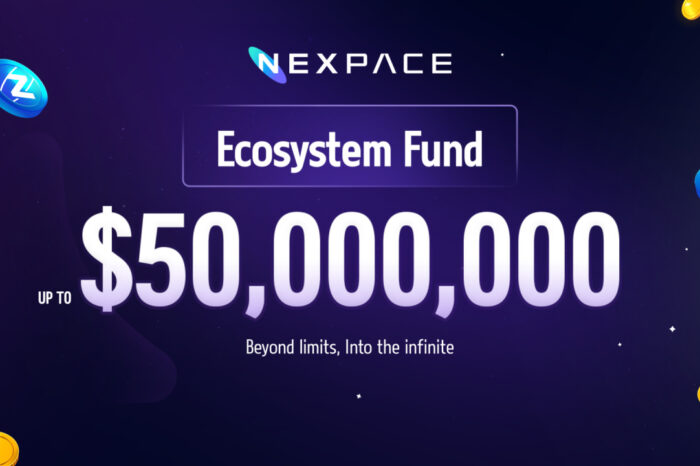Adobe acquires Semrush for $1.9B in major push into AI-powered marketing tools

Adobe is making one of its boldest moves of the year. The company said Wednesday it has agreed to acquire Semrush in a $1.9 billion cash deal, signaling a clear push to strengthen its marketing software and sharpen its position in the race for AI-driven brand intelligence. The offer comes with a 77.5% premium, a number that immediately sent Semrush shares soaring in premarket trading.
Adobe will pay $12 per share for the Boston-based software maker, whose platform has become a staple for marketers tracking SEO, social media performance, and digital ad strategies. Semrush’s stock jumped 75% to $11.83 after the announcement, giving the market a sense of just how significant the deal could be for both sides, Reuters reported.
The acquisition is expected to close in the first half of next year. For Adobe, the move folds neatly into its broader push to attract marketers who are trying to understand how their brands are being interpreted by search engines, websites, and a new generation of generative AI bots like OpenAI’s ChatGPT and Google’s Gemini. As online discovery shifts from typed queries to conversational interactions, Adobe is betting that owning Semrush will give it a clearer view into how consumers think, search, and interact with brands across the web.
Semrush “designs and develops AI software that helps companies with search engine optimization, social media, and digital advertising,” and its dataset has become one of the most heavily used intelligence layers in digital marketing. That reach now becomes part of Adobe’s growing ecosystem.
The company’s software suite already sits at the center of creative work. Photoshop, Illustrator, InDesign and Acrobat remain fixtures for enterprises, students, and creatives building everything from websites to product graphics. Adobe also sells “Adobe Experience Cloud,” which helps companies track analytics, customer behavior, and marketing performance.
But Adobe has been under pressure this year as investors look for more aggressive monetization of its AI features. Competition in design software has stiffened as startups position themselves around lightweight creative tools and integrated AI workflows. Adobe’s shares have fallen more than 27% this year, a slide that has only added urgency to its push to stand out in a crowded market.
The company previewed part of that strategy in October, when it said its video and image editing tools could be controlled through conversational prompts. Adobe also announced it was working with OpenAI to let users direct one of its apps through ChatGPT. Those early steps pointed toward a future where Adobe products feel less like traditional software and more like interfaces that respond to natural-language requests.
Buying Semrush accelerates that shift. It gives Adobe a direct pipeline into how brands behave online and how users interact with them—information that could shape everything from content creation to campaign planning inside Adobe’s ecosystem.
The Wall Street Journal first reported the deal earlier in the day, but the market reaction made it clear that this move carries weight far beyond the design community. Adobe is tightening its grip on the tools marketers rely on, and this acquisition sends a clear message: the next frontier for creative software isn’t just about making content. It’s about understanding how that content is found, interpreted, and acted on in an AI-driven search environment.




